
Many a fancy meal will include several courses, but multiple course meals seem to be giving way to more casual dining experiences both at home and in restaurants. Here are a few of the names and meaning of these courses; these are not in order of service.
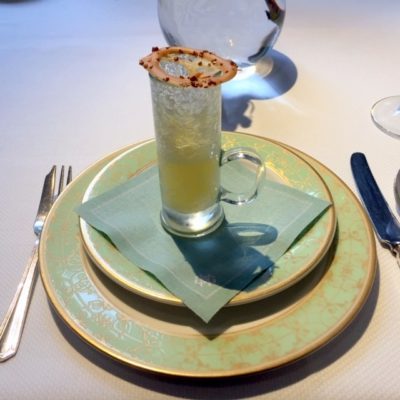
Amuse Bouche – this is a small bite, usually served first as a complimentary offering from the chef. A French word meaning to “entertain the mouth.”
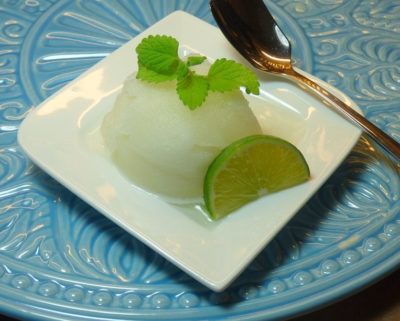
Intermezzo – is served between courses to clean the palate. Commonly it may be a small sorbet, such as a citrus or herb sorbet. The serving will be light, so no fat will be included.
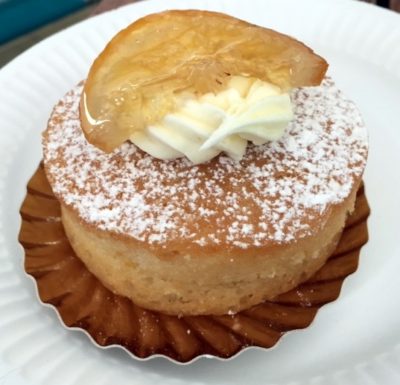
Mignardise or Mignardese – a small dessert. I believe this word has Latin origins.
Entremet – French for dessert. May include cakes, pastries, puddings, jellies, fritters (crepes or beignets for example), compotes, creams or souffles. My favorite course!
Savoury Entrement – a savory dessert, examples of which would be a cheese soufflé or cheese fondue.
Ices, or in French, Glaces and Sorbets – a cream based or water based frozen dessert served after dessert.

Farinaceous – the Latin word for starch. This course could be a pasta, rice, or potato course.
Relevé, also called Remove – a bit of debate here, with two meanings. This may be a second meat course, which follows the entrée. Or, it may be a large meat course that comes before the entrée, with the entrée being a smaller, lighter serving.
Cold – meaning a course that is served chilled, possible a cold roast or chilled lobster
Other common food courses you may also see include:
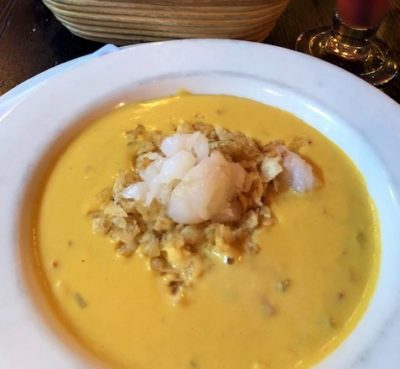
Soup – or in French, Potage

Fish – or in French, Poisson

Appetizer – or in French, Hors d’oeuvres
Cheese – or in French, Fromage
Egg – or in French, Oeufs
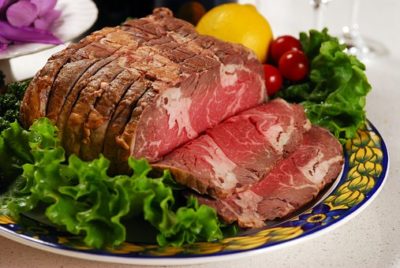
Roast – a course consisting of roasted meat
Joint – a course consisting of a bone or joint
Main Course meaning the first (or second – see Relevé above) meat course – or in French, Entrée
Of course if being served a larger number of courses during the meal, the portions will be petite. You probably noticed that several of the definitions above mention the serving is small.
Multiple courses are generally served when the meal is meant to be a celebration or way to enjoy fellow diners’ company. Whereas fast serving usually happen all at once so the diner can get on his or her way, a multicourse meal will be slow service. Each course will be served and cleared before the next course is served. Could you imagine attending a dinner banquet that offered fifteen, sixteen or even seventeen courses? What did they do before elastic existed?

